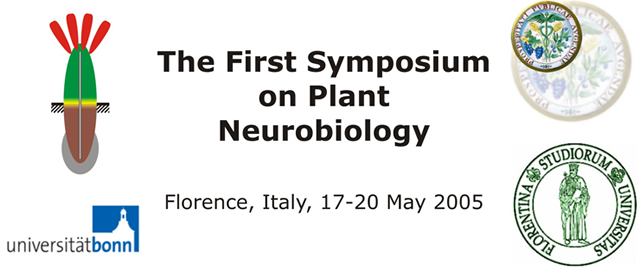|
Competitive self/nonself discrimination in plants |
| |
|
Ariel Novoplansky |
|
Mitrani Department
of Desert Ecology, Blaustein Institute for Desert Research, Ben-Gurion University of the Negev, Midreshet
Ben-Gurion, 84990, Israel |
| *email:
anovopla@bgumail.bgu.ac.il
|
| |
|
Competition usually involves the allocation of
limiting resources to non-reproductive functions. Natural selection is expected to favour mechanisms that
increase competition with nonself neighbours and limit wasteful competition with self. We compared the growth
of plants that were grown in the presence of neighbors that belonged to the same physiological individual,
were separated from each other for variable periods, or originated from adjacent or remote tillers on the same
clone. The results demonstrate that Pisum sativum, Buchloe dactyloides and Trifolium repens
plants are able to differentiate between self and nonself neighbors and develop fewer and shorter roots in the
presence of other roots of the same plant. Furthermore, once Buchloe dactyloides cuttings that
originate from the very same node are separated they become progressively alienated from each other and
eventually relate to each other as genetically alien plants. The results suggest that the observed
self/nonself discrimination is mediated by physiological coordination among roots that developed on the same
plant rather than allogenetic recognition. The observed physiological coordination is based on, an as yet,
unknown mechanism and has important ecological implications for it allows the avoidance of competition with
self and the allocation of greater resources to alternative functions. |

